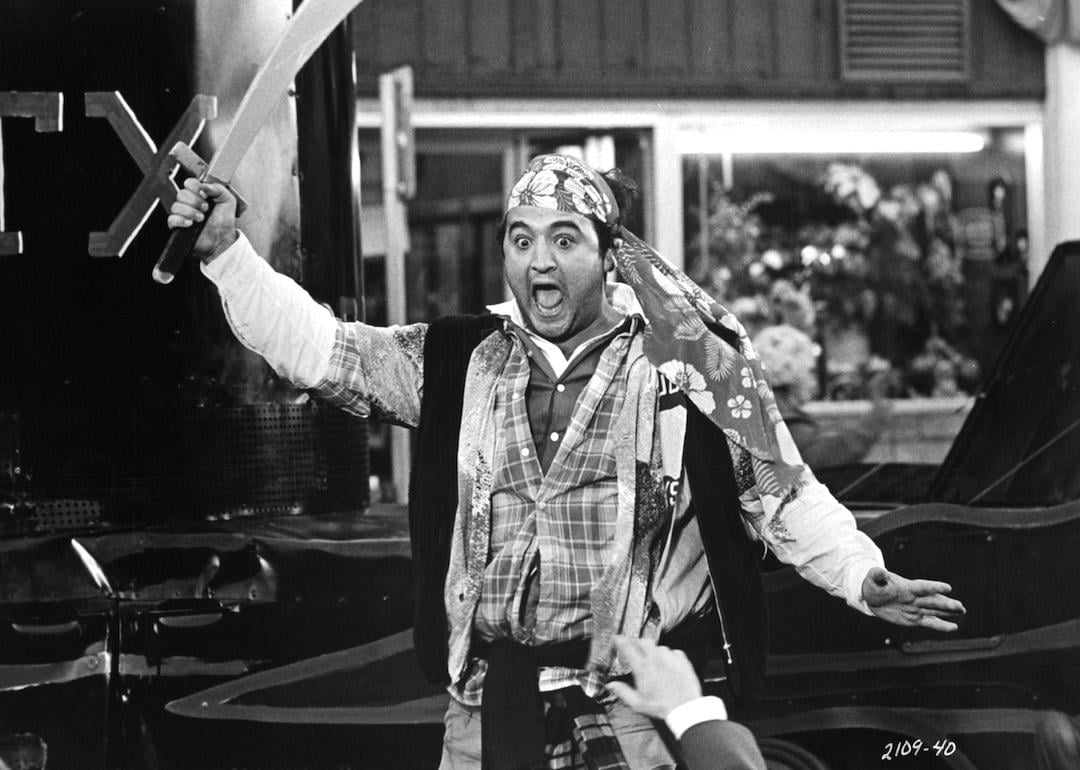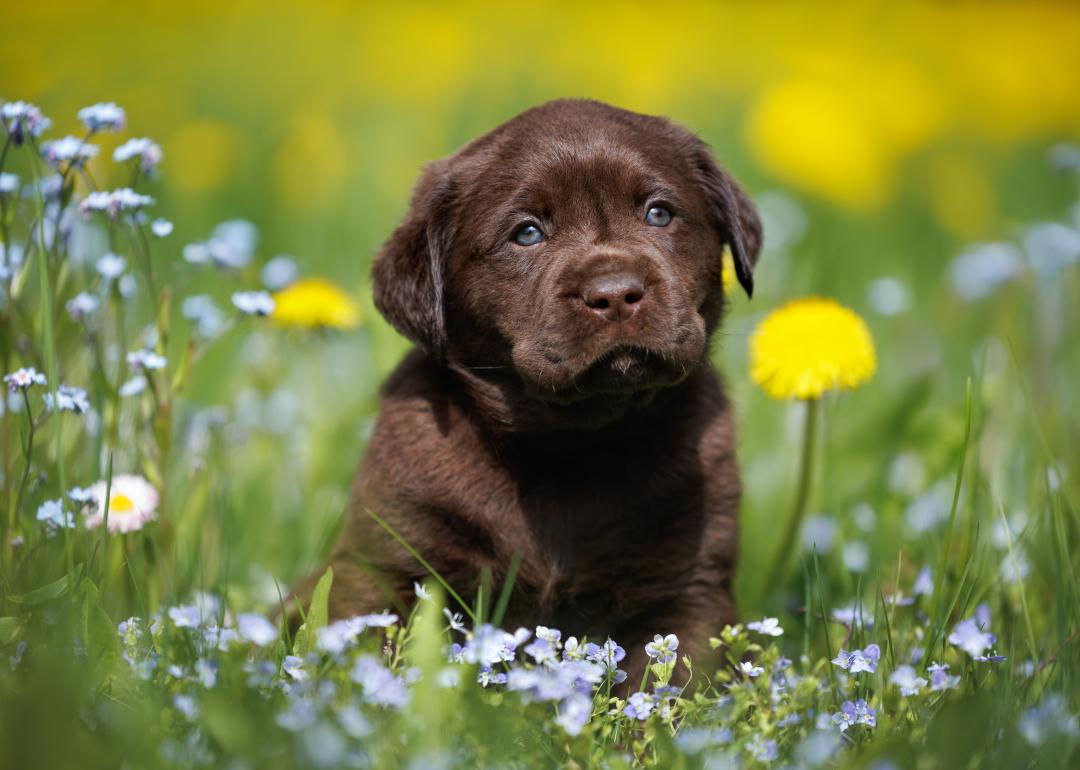
20 facts about Labrador retrievers
Labrador retrievers are consistently celebrated as one of the most popular dog breeds in the world—and for good reason. Friendly, adaptable, and endlessly energetic, Labs are just as comfortable splashing into lakes as they are curled up on the couch after a long day. Their origins as hardworking fishing companions in Newfoundland shaped them into skilled retrievers, known for their stamina and willingness to please. Over time, they became indispensable in hunting fields, search-and-rescue missions, and therapy programs. Families love their patience with children and their joyful, playful spirit that seems to carry well past puppyhood. Labs are also renowned for their intelligence and versatility, which have helped them excel as service dogs and loyal household pets. With their trademark otter tail, kind eyes, and big hearts, they embody the perfect blend of athleticism and affection. To highlight what makes them so enduringly beloved, Stacker consulted resources from the American Kennel Club and other trusted pet guides to create this overview.
Note: This content was created with the assistance of AI tools and has been thoroughly reviewed, fact-checked, and edited by Stacker's editorial team to ensure accuracy, reliability, and alignment with our editorial standards.
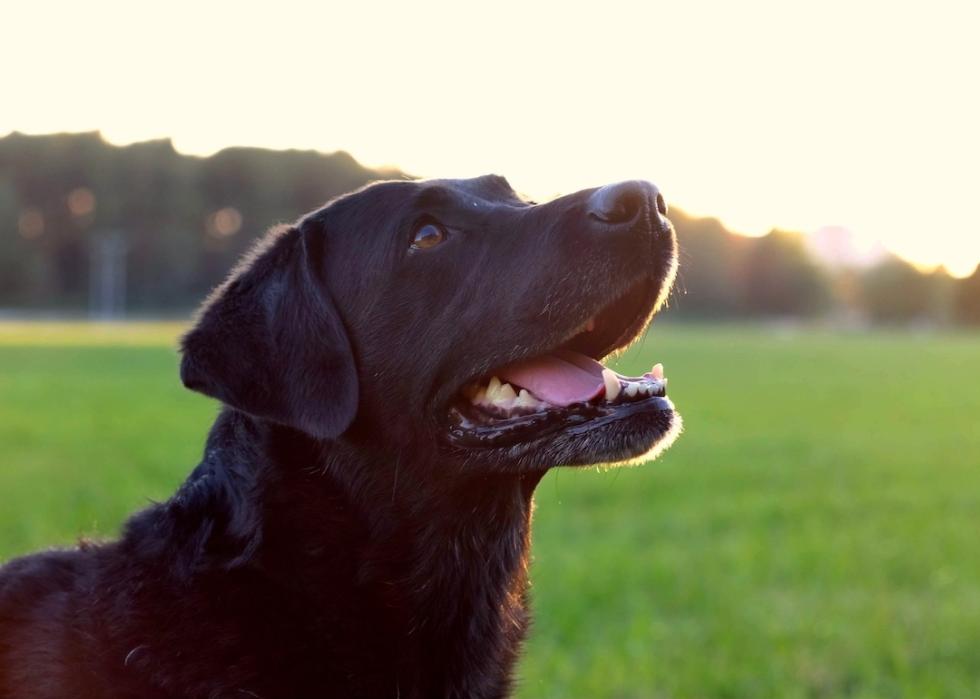
Breed Overview
The Labrador retriever is a medium-to-large sporting breed known for its friendly nature, strong retrieving instincts, and versatile working ability. Classified in the sporting group, Labs are famous for being loyal companions, service dogs, and skilled hunters.
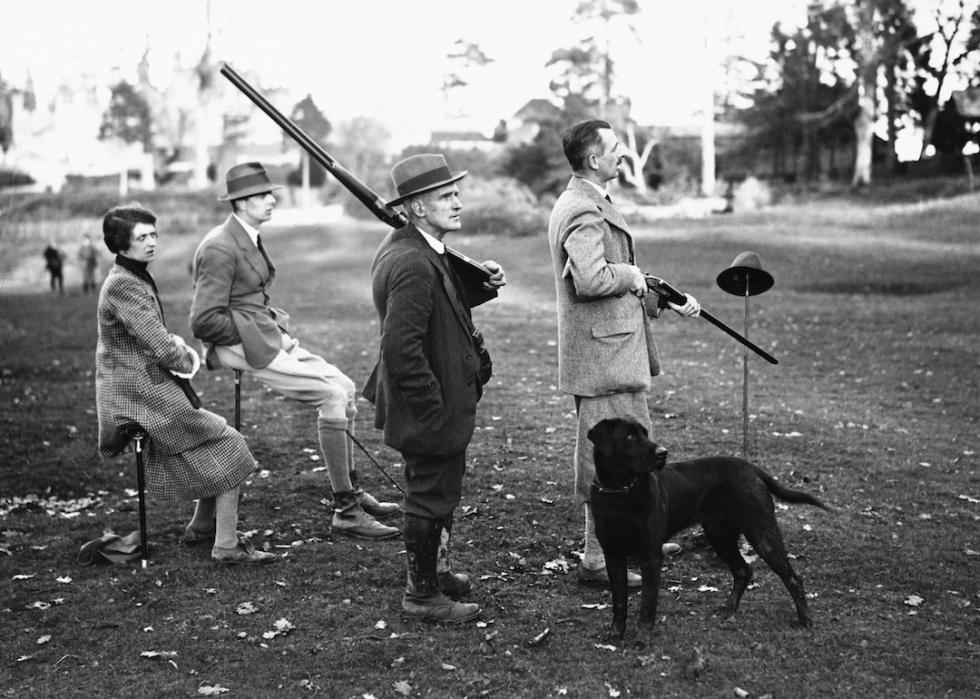
Origins & History
Labs originated in Newfoundland in the 1800s, where they worked alongside fishermen retrieving nets and fish. They were brought to England and refined into the Labrador retriever we know today, prized for their water skills and trainability.
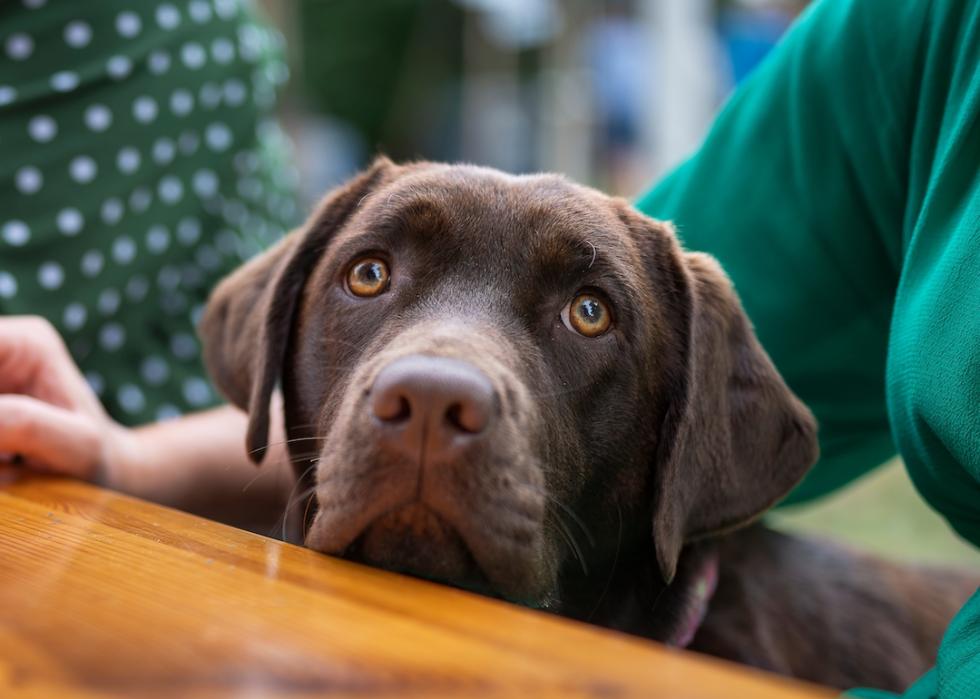
Appearance & Size
Males typically stand 22.5–24.5 inches and weigh 65–80 pounds, while females are slightly smaller. They have a short, dense, water-resistant coat in yellow, black, or chocolate, and their distinctive "otter tail" aids in swimming.
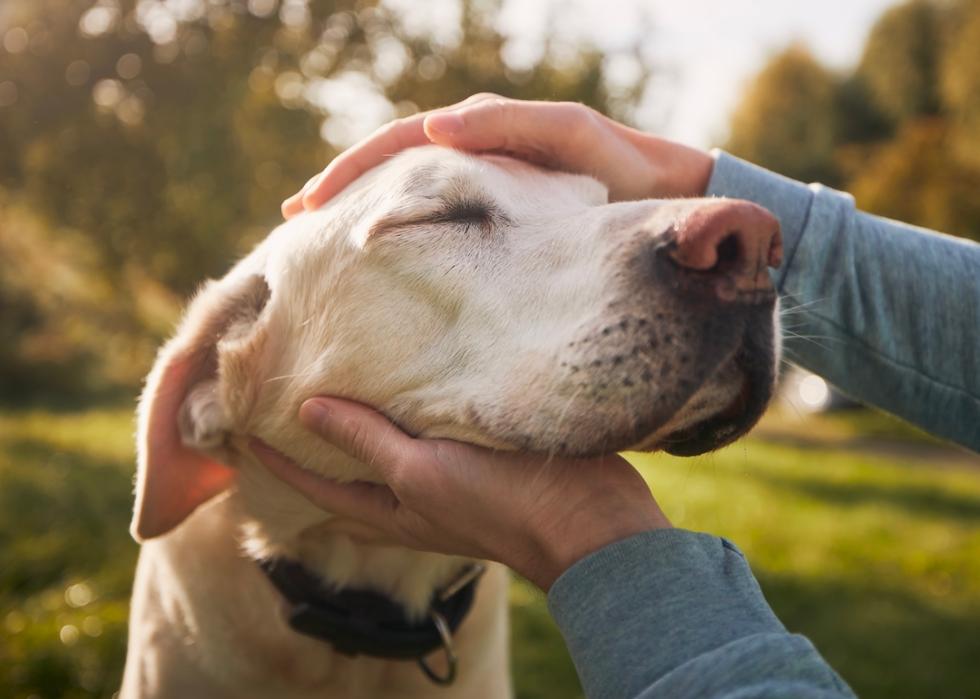
Temperament & Personality
Labs are outgoing, even-tempered, and eager to please. They thrive on human interaction, making them excellent family dogs and adaptable to many environments. Their patience and playfulness make them especially good with children.
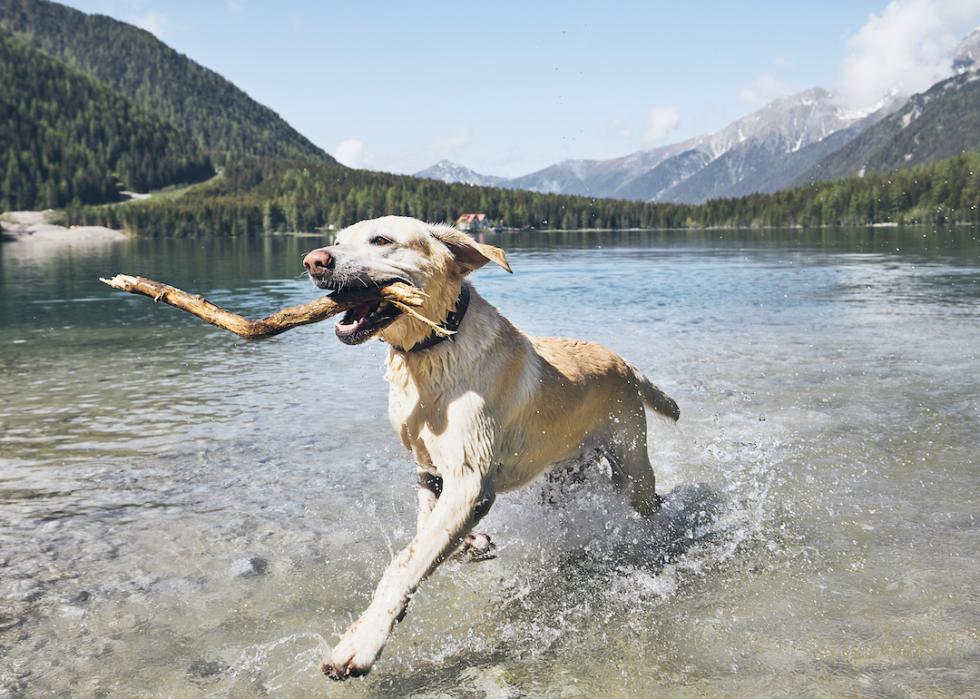
Trainability & Intelligence
Considered one of the most trainable breeds, Labs excel in obedience, service roles, and detection work. Their intelligence and food motivation make them quick learners when trained with positive reinforcement.
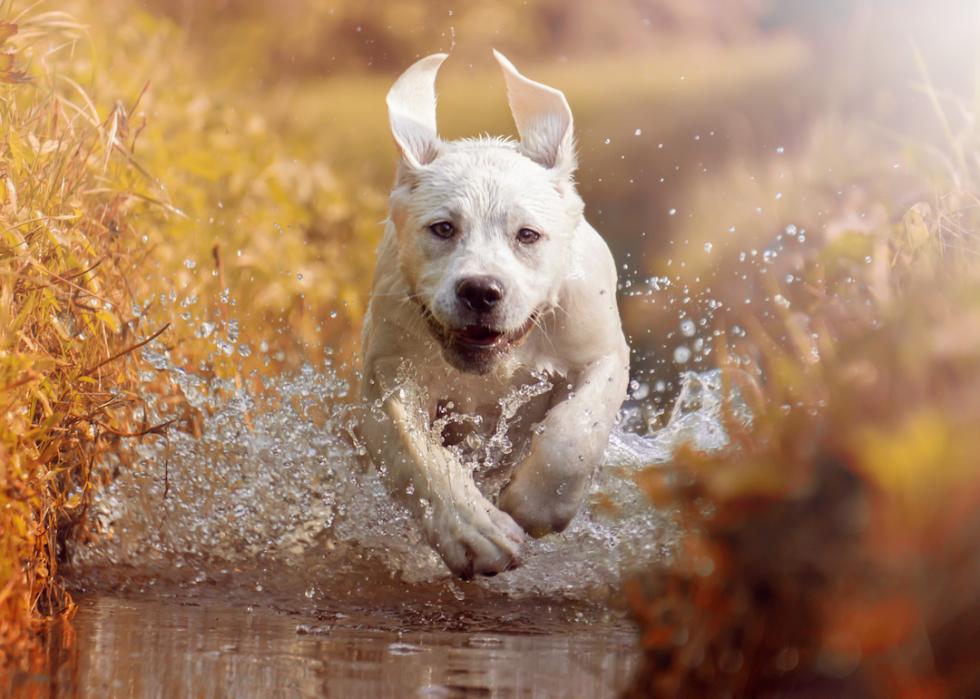
Exercise Needs
Labs are high-energy dogs that need at least an hour of vigorous activity daily, such as swimming, running, or retrieving games. Without sufficient exercise, they may become restless and destructive. Their athleticism makes them excellent companions for active families.
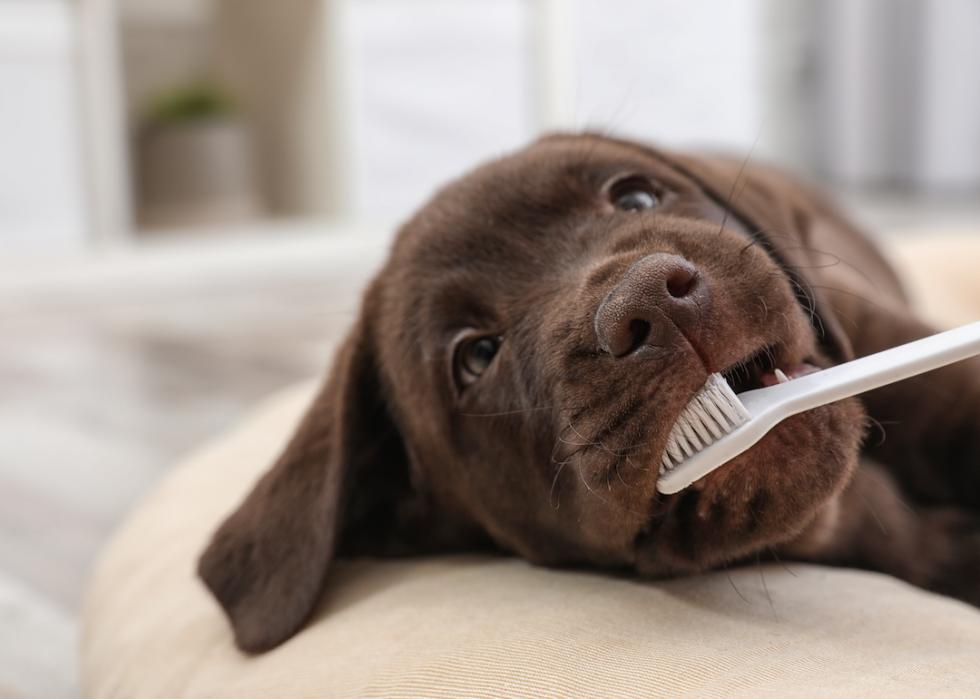
Grooming Requirements
Their double coat sheds year-round and heavily seasonally, so weekly brushing is important. Regular nail trims, ear checks, and baths every few weeks keep them in top condition. Labs are considered low-maintenance compared to many long-haired breeds.
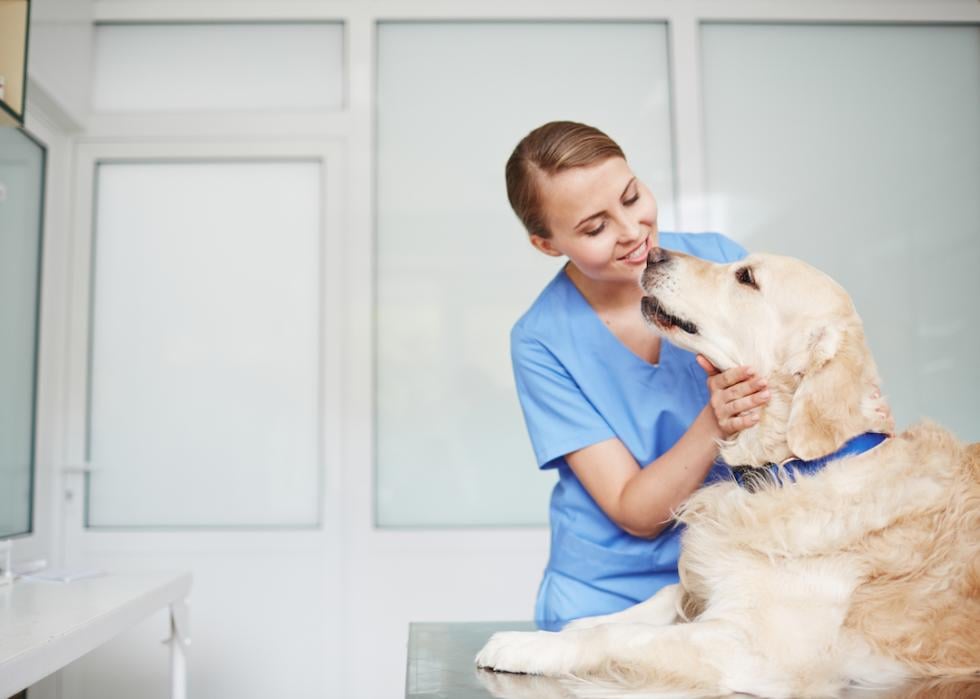
Health Profile
Labs are prone to hip and elbow dysplasia, obesity, and eye conditions. Their average life span is 10–12 years, though many live longer with a good diet and exercise. Responsible breeding helps reduce hereditary risks.
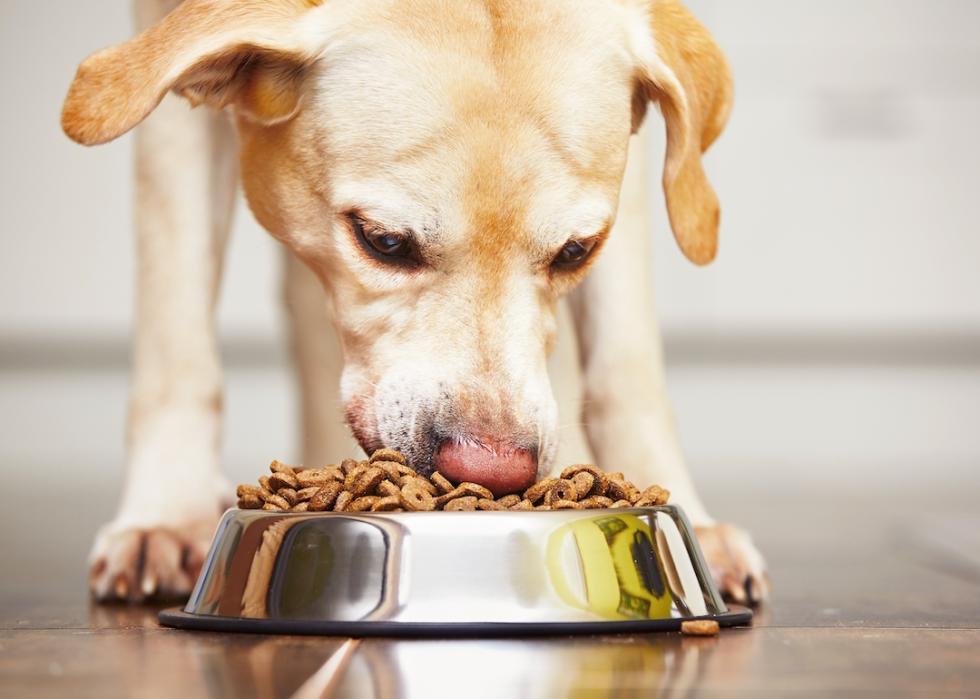
Diet & Nutrition
Labs are notorious for overeating, so portion control is essential. Feeding a high-quality food that supports joint and weight health helps prevent obesity-related issues. Healthy snacks like carrots can supplement meals.
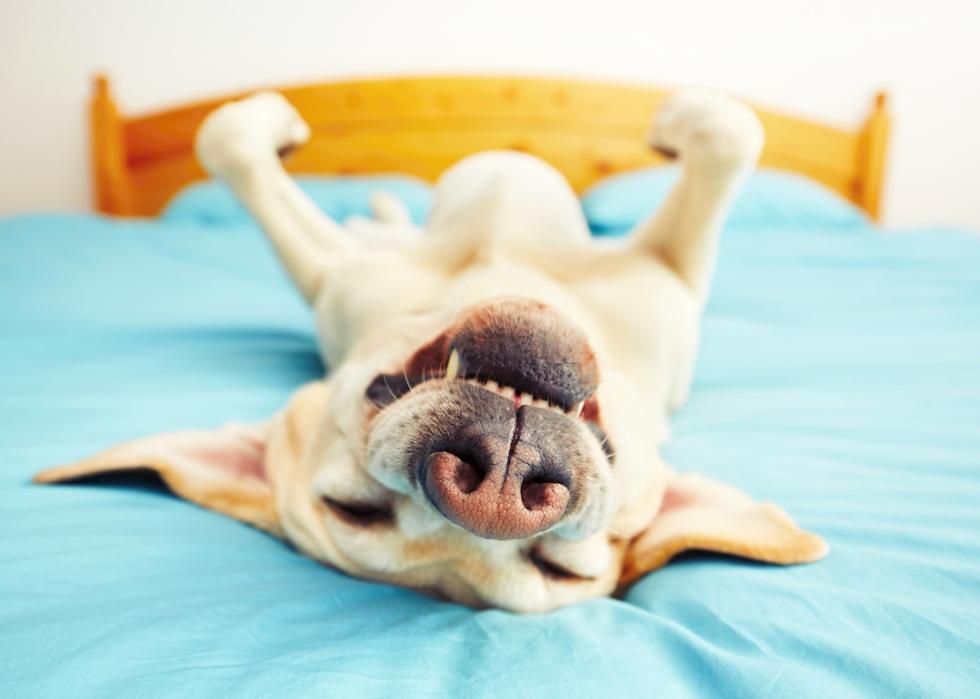
Living Environment
Labs adapt well to country and suburban homes but need ample exercise and human interaction. They're not ideal for apartment living unless owners are committed to daily outdoor activity. Access to water is a bonus, given their heritage.
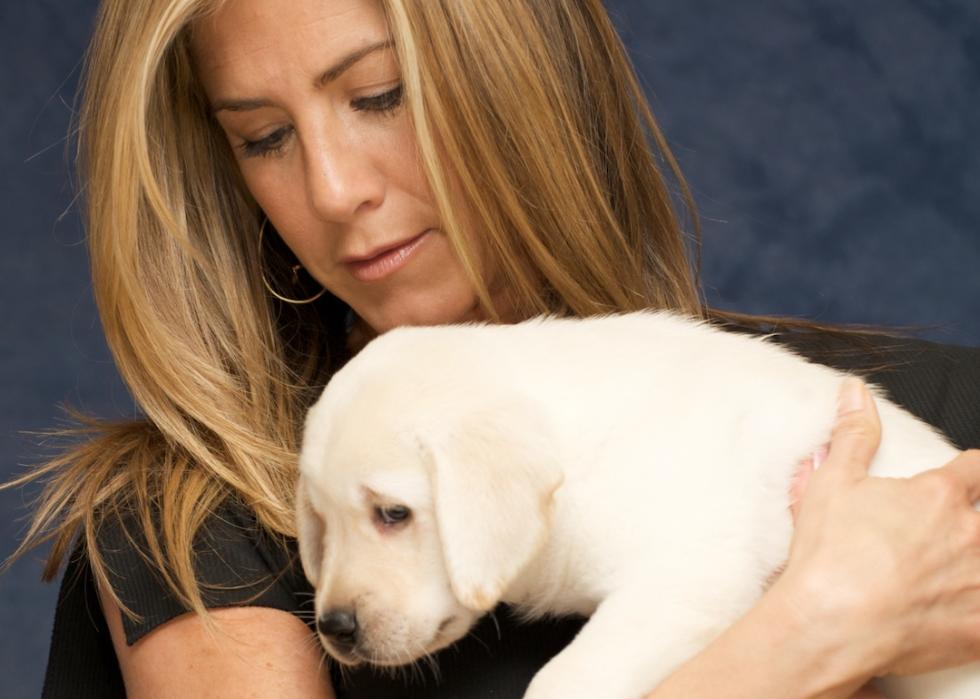
Role in Pop Culture
Labs are often portrayed as the ultimate family dog in film and television. From "Old Yeller" to "Marley & Me," their loyal and playful image cemented their popular culture reputation.

Notable Owners or Breed Advocates
U.S. Presidents like Bill Clinton and Joe Biden have owned Labs, helping spotlight the breed's popularity. Breed clubs, such as the Labrador Retriever Club, advocate for health testing and responsible ownership.
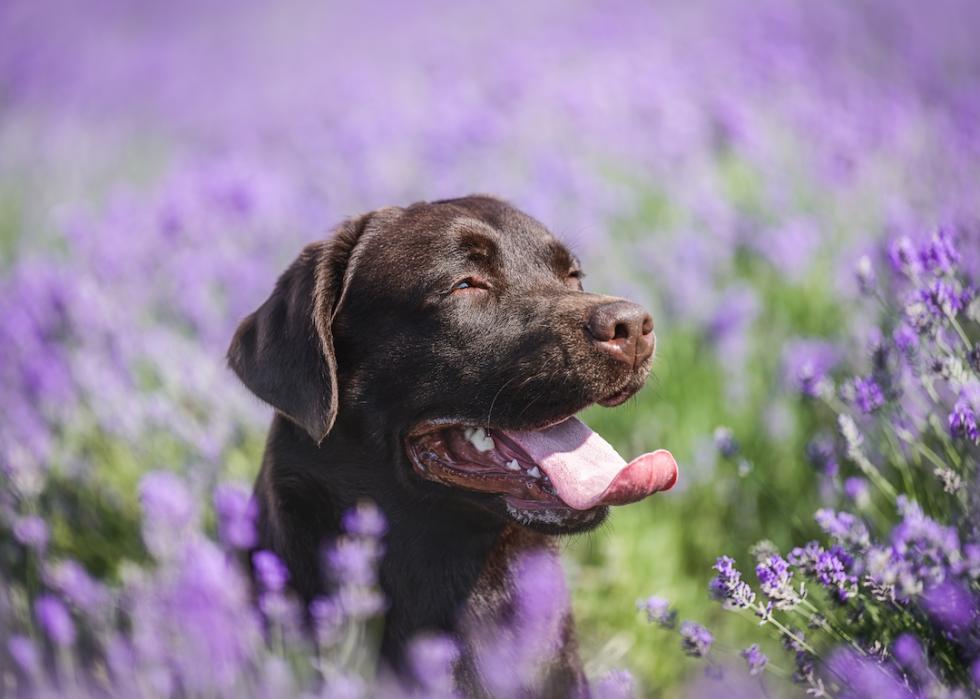
Breed Popularity Trends
The Labrador has been the most popular breed in the U.S. for over three decades. Its adaptability as a working, sporting, and family dog makes it a perennial favorite.
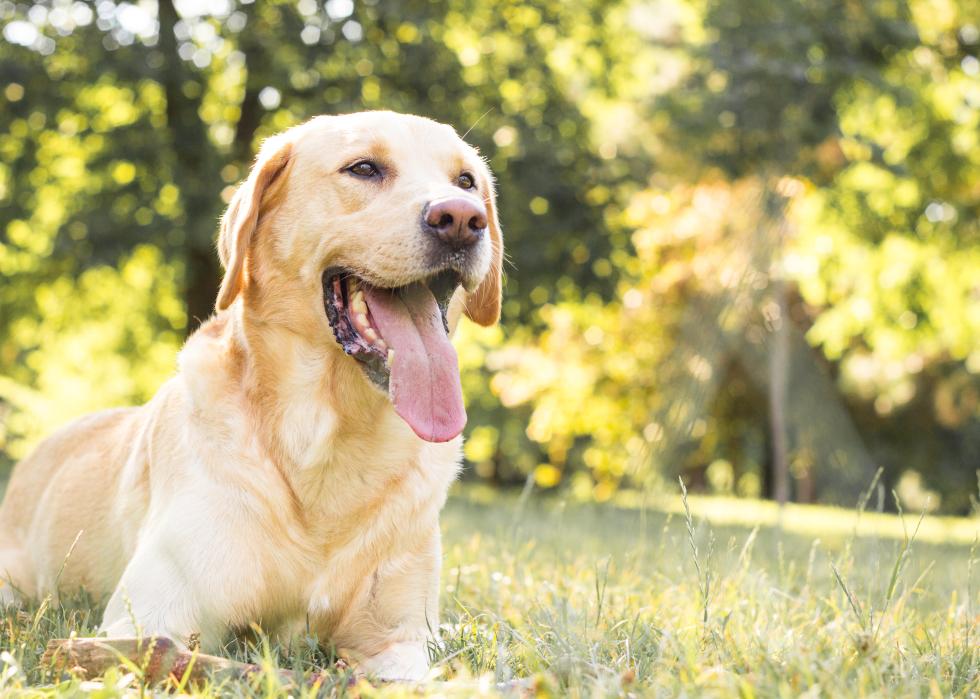
Breed Organizations & Clubs
The Labrador Retriever Club promotes breed standards, organizes field trials, and provides owner education. Regional clubs also offer events and competitions to keep Labs active and engaged.
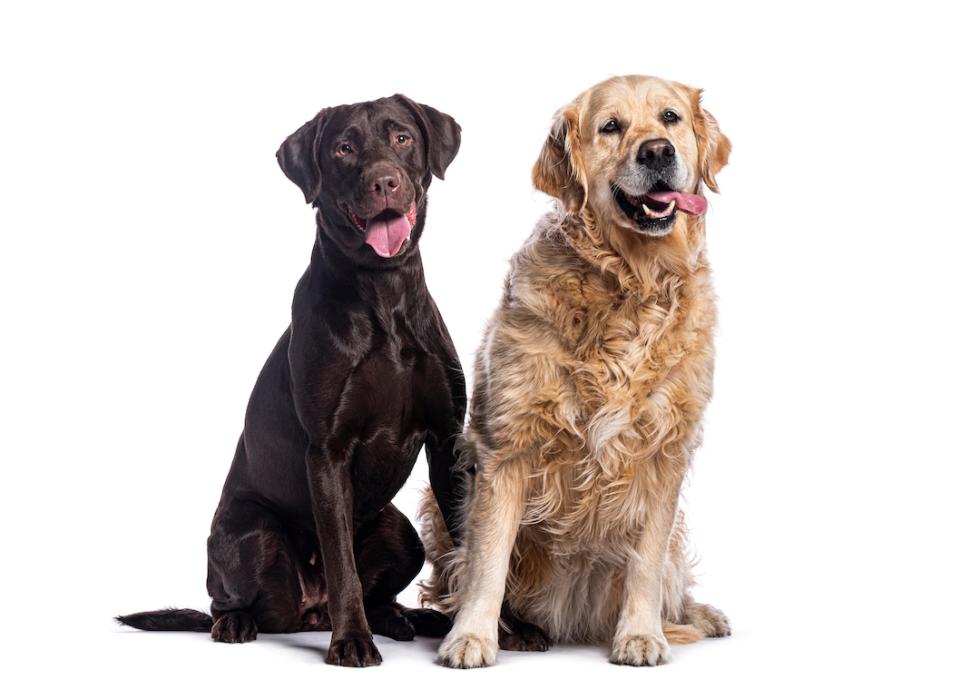
How They Compare to Similar Breeds
Compared to golden retrievers, Labs typically have shorter coats and mature faster, though both breeds share friendly and trainable natures. Labs are often more energetic, while Goldens are seen as slightly calmer.
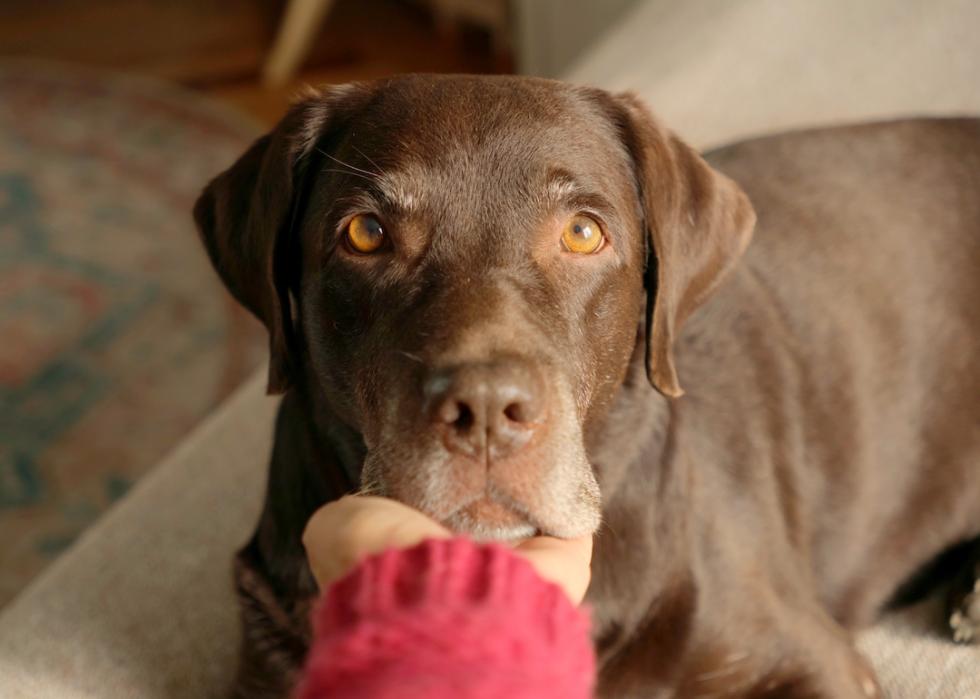
Unique Traits & Quirks
Labs are natural swimmers, thanks to their webbed feet and otter tail. Many are notorious for carrying objects in their mouths—sometimes shoes or toys—reflecting their retrieving instinct.
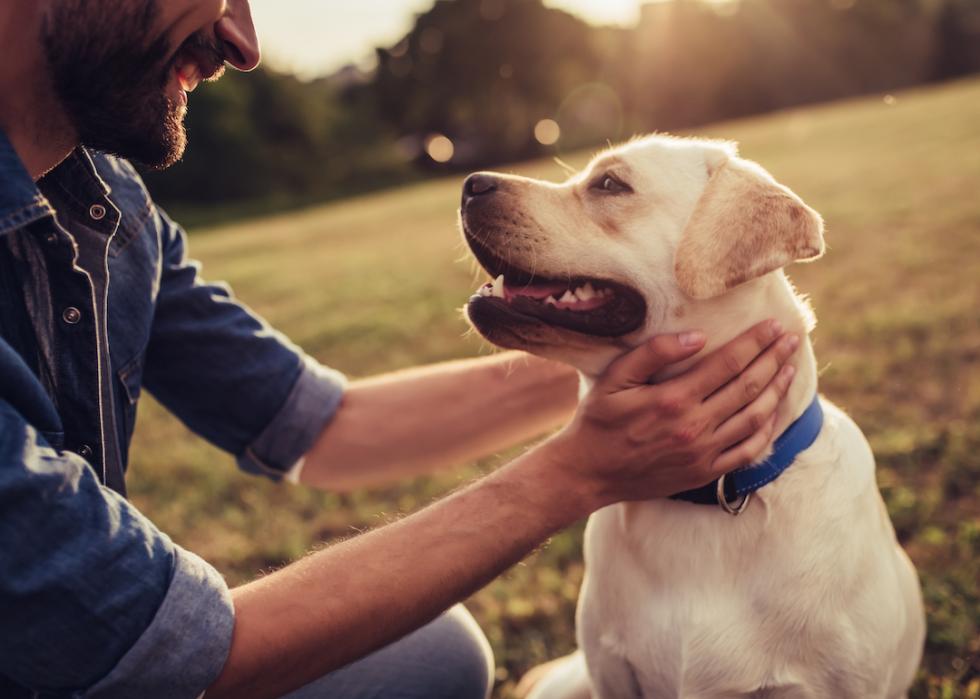
Myths & Misconceptions
A common myth is that Labs don't need much exercise; they require daily vigorous activity. Another misconception is that all Labs are calm; while friendly, young Labs are often boisterous and energetic without training.
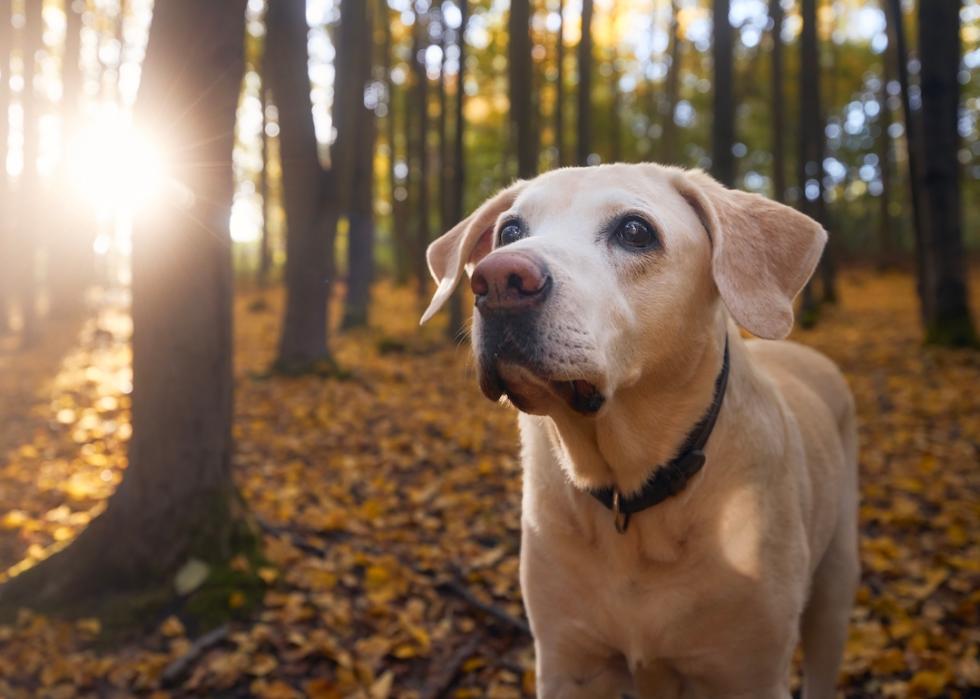
Famous Working Roles
Labs excel as guide dogs, detection dogs, and search-and-rescue animals. Their intelligence, nose power, and even temperament make them one of the most versatile working breeds.
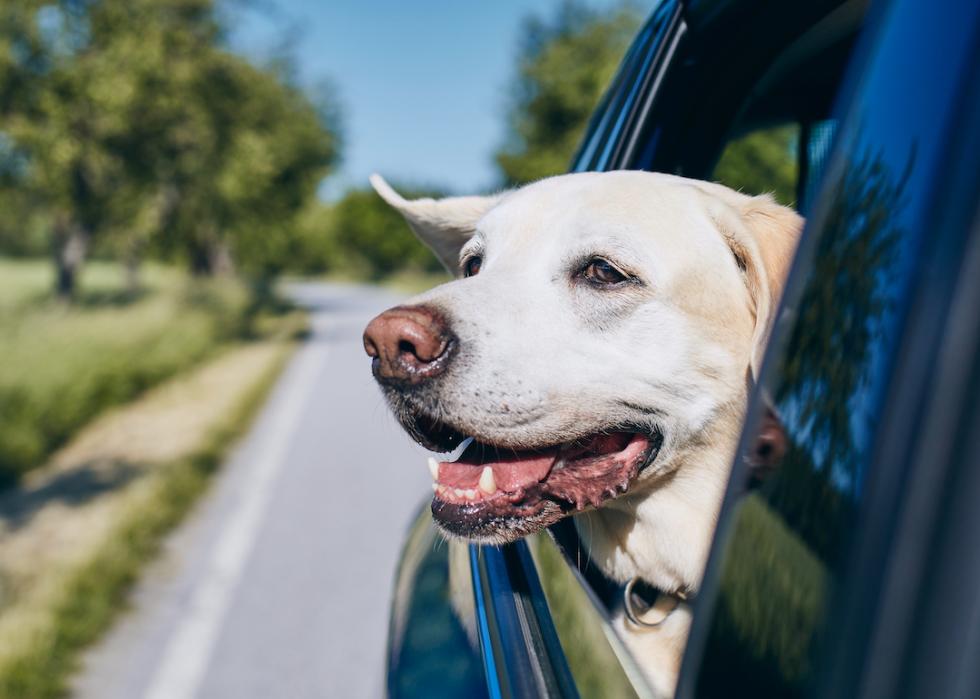
Breed-Specific Activities & Sports
Labs thrive in field trials, dock diving, agility, and obedience competitions. They also excel in hunting tests that mirror their original retrieving purpose. These outlets keep them challenged and happy.
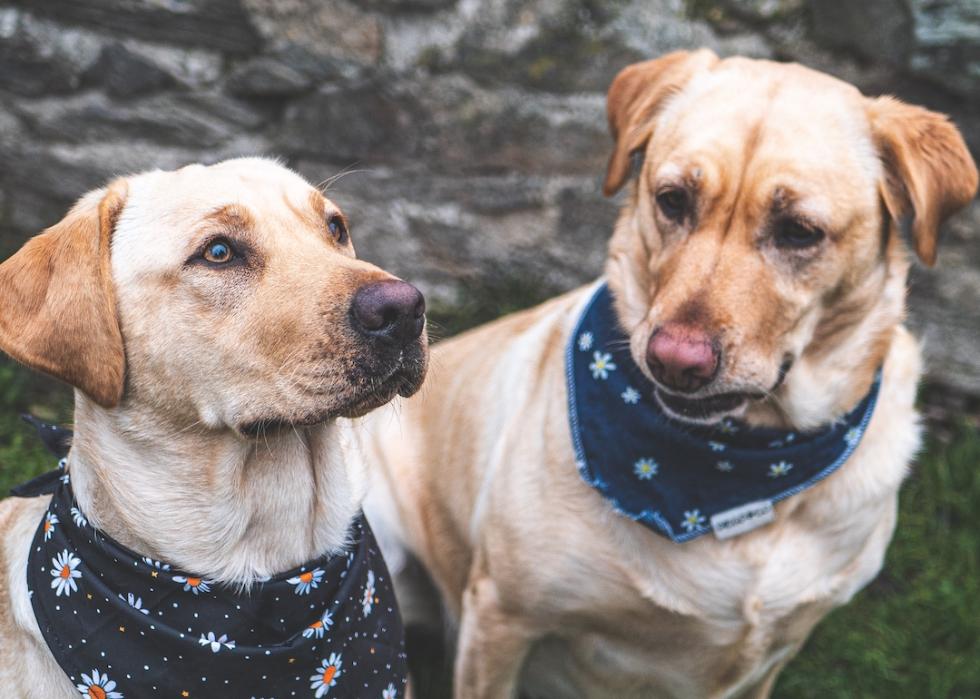
Fun Fact
Labs were first registered with the AKC in 1917 and holds the record for most consecutive years as America's most popular dog breed. They were the top-ranked breed from 1991 to 2022, when it's 31-year reign was unseated by the French bulldog.


